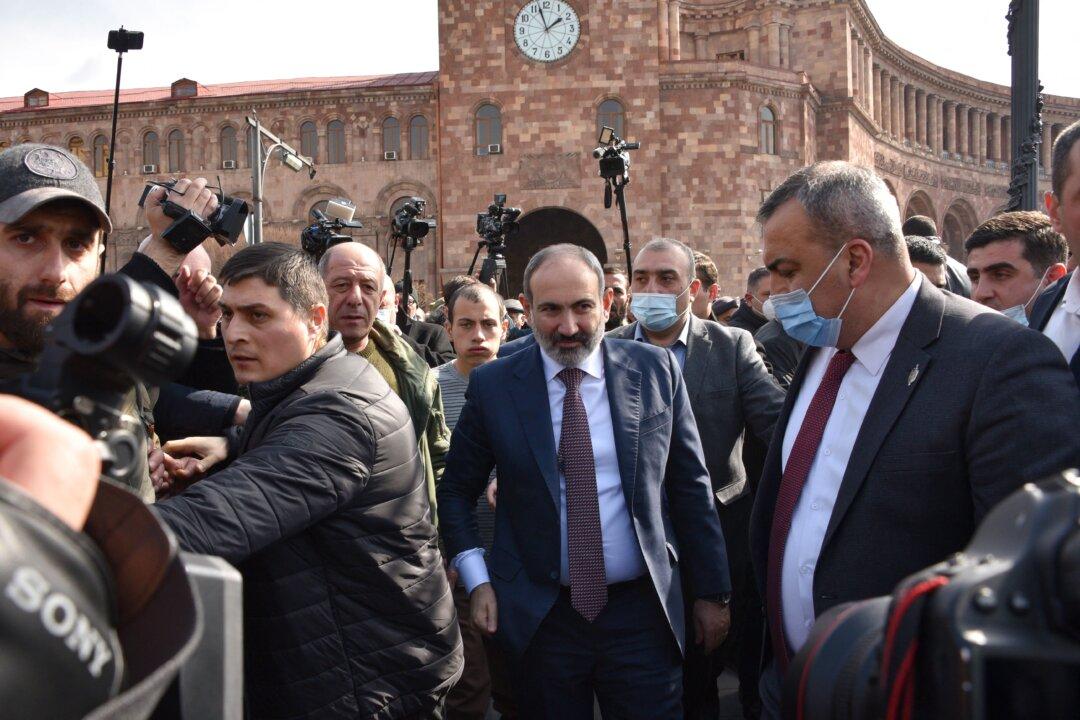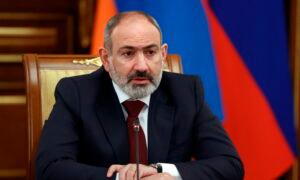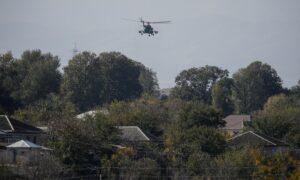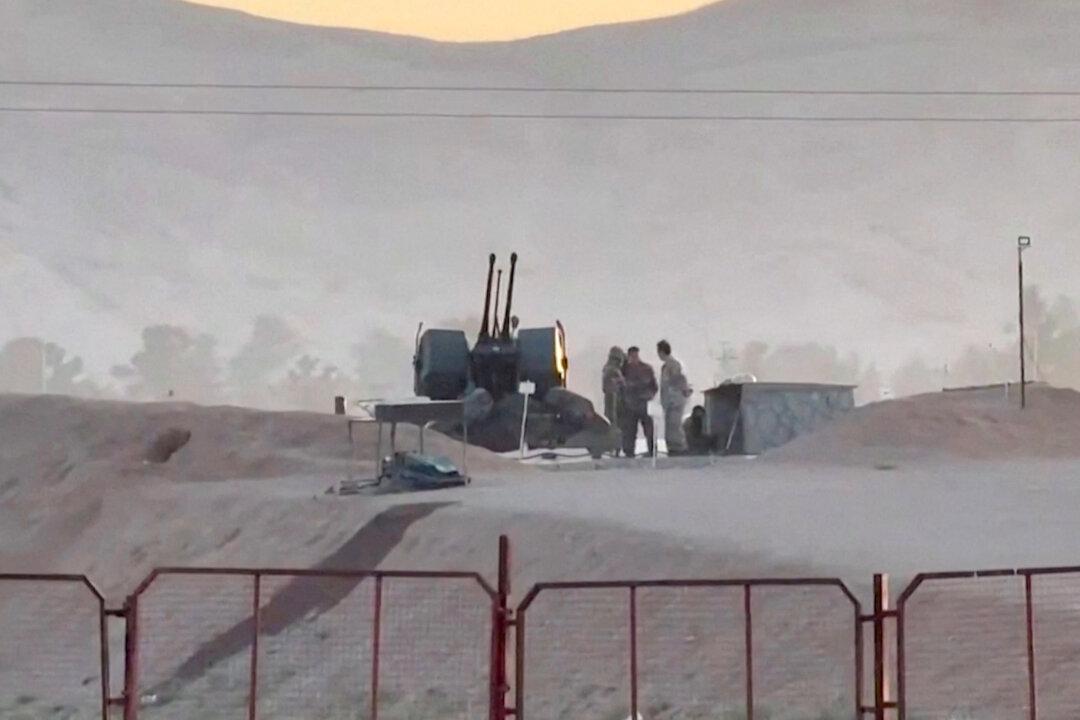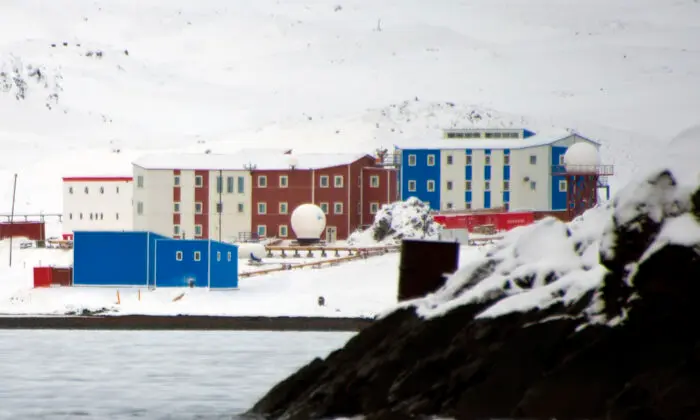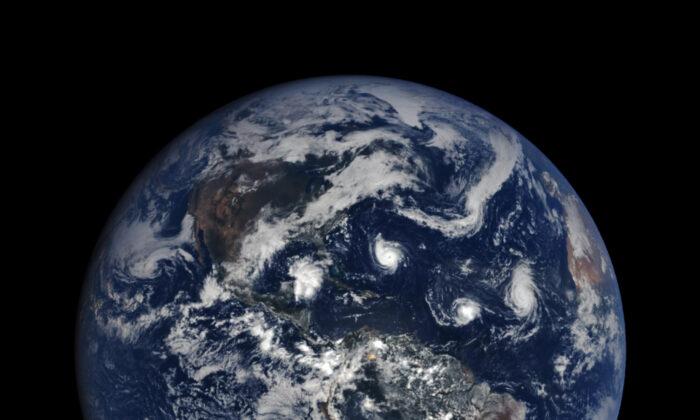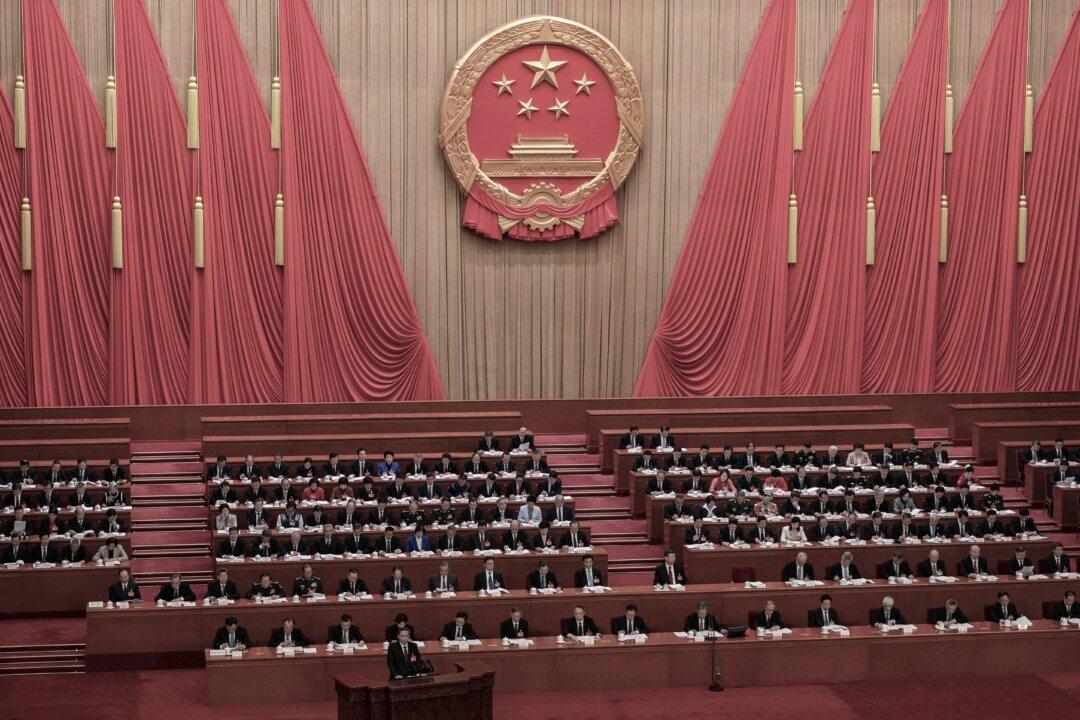Armenian Prime Minister Nikol Pashinyan’s government has moved closer toward the collapse of the viability of Armenia, a country with a consistently declining population and with more than three-quarters of Armenians living outside the country.
Armenia’s population was estimated in 2022 to be 2.78 million, declining from 3.16 million in 2000. The Armenian diaspora population has been estimated to be about 8 million to 10 million, but possibly much more.
Armenia has decided to “break with Moscow” in terms of strategic relations, emerging since the late September 2023 defeat of Armenian forces by the Azerbaijani military, which is seen as yet another symptom that the government in Yerevan was refusing to take responsibility for its own post-Cold War history of misadventures.
The “break with Moscow” leaves Armenia with only one “reliable” ally and neighbor, Iran, and yet the current clerical government of Iran was a party to the regional strategic realignment that caused Yerevan to break with Moscow in the first place.
Yerevan felt that Russia did not save Armenia from its September 2023 defeat at the hands of Azerbaijan in the final battle over the issue of Armenian control of the Azerbaijani enclave of Nagorno-Karabakh, rather than accepting the reality that Armenia’s series of military seizures of Azerbaijani territory would always have been redressed as soon as Baku had amassed the means to do so.
Significantly, however, Armenia had—with what must be considered thoughtless recklessness—restarted its war with Azerbaijan without consulting Moscow, and yet Yerevan somehow expected Moscow to restrain the response from Baku, the Azerbaijan capital. Russia, this time, however, simply refused to intervene in the conflict, having already saved the Armenians from complete defeat when it intervened in Armenia–Azerbaijan fighting to bring about ceasefires when it brokered ceasefires following the July and November 2020 outbreaks of war between the two states, and again after the Aug. 3, 2023, outbreak of new fighting.
By the end of the 2020 fighting, Armenia had lost most of the lands it had seized from Azerbaijan in the wake of the collapse of the USSR in 1990–91, when both Azerbaijan and Armenia regained their independence. It was as though, in the post-Soviet years, Armenia had relied on the substantial Russian army presence in the country to ignore the growth of Azerbaijan’s wealth and military capabilities, assisted significantly by Turkish and Israeli technology and training.
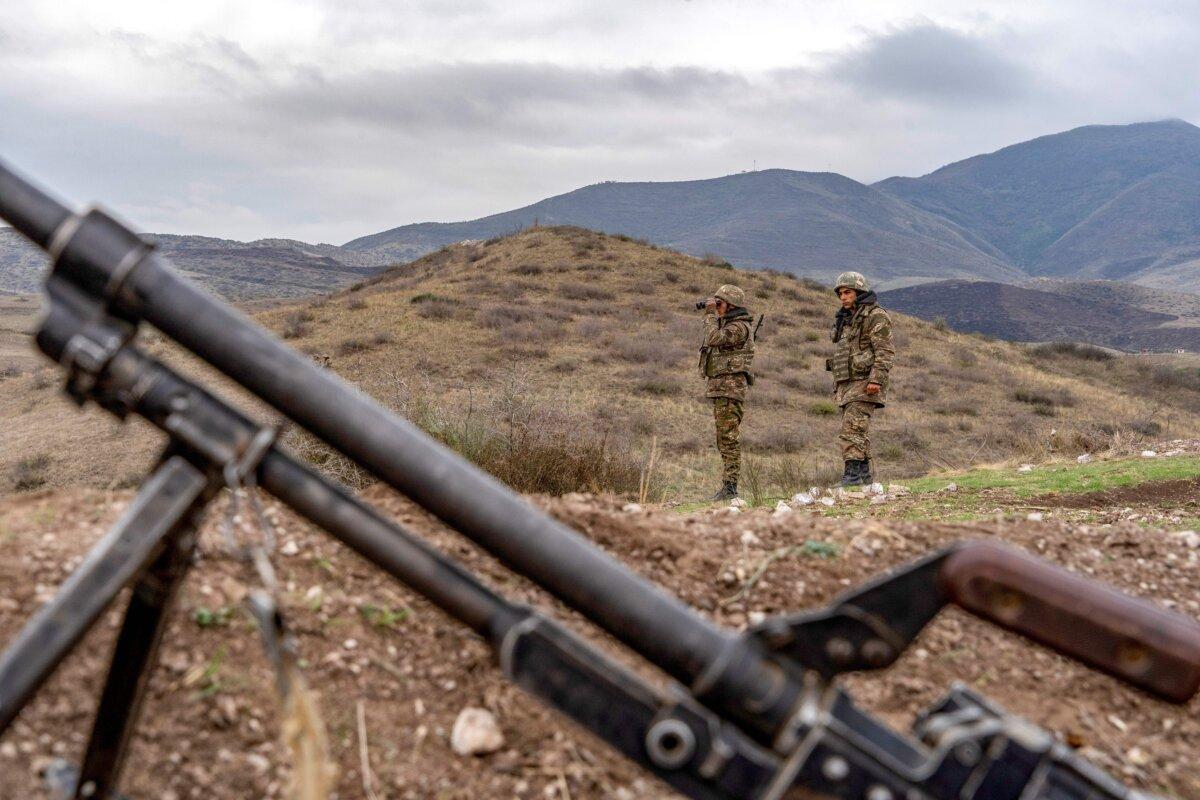
The last round of fighting, in August 2023, was the final disaster for Armenia and spelled the end of its capabilities within Azerbaijan. It was started by a reckless and avoidable incident, believed to have been initiated at the company level by an Armenian unit near the Lachin corridor, which linked the Nagorno-Karabakh enclave (self-styled as the Republic of Artsakh).
Russia could not control the rapid deterioration; however, after the Aug. 3, 2023, incident, Azerbaijani forces, superior in numbers and technology, rapidly forced a final resolution of the situation based on their prepositioning at the end of the 2020 fighting.
Inexplicably, Yerevan seemed to have expected Moscow to save it from every misstep it made against Azerbaijan. Even before that 2023 denouement, the final result was that Moscow had teamed with Azerbaijan in creating Russia’s major set-piece creation, the International North-South Transport Corridor (INSTC), unveiled toward the end of last year. The INSTC created a transport corridor that gives Moscow what it has sought for centuries: access to a warm water port in the Indian Ocean. It does this through a series of riverine and rail links from St. Petersburg (Baltic/Atlantic) to Bandar Abbas (in Iran on the Arabian Sea), effectively ending the “Great Game” in Central Asia.
The Armenian government somehow failed to see how—with the INSTC in place—Moscow could not afford to alienate the Azerbaijan government. It was not that Moscow had abandoned Armenia but that it had finally been forced to make peace with Azerbaijan in order to get the architecture of the INSTC into place. Similarly, Moscow was forced to make accommodations with the Iranian clerics (and vice-versa) to add the final rail links of the INSTC from Azerbaijan through Iran to the Iranian port of Bandar Abbas in order to provide the full linkage to India.
What has yet to be fully explored is the extent to which India is now strategically linked through the INSTC to a distribution network dependent on Iran and Russia.
Armenia refused to attend the Moscow-led Collective Security Treaty Organization (CSTO) on Nov. 23, 2023, but the government said at the time that it had no intention of leaving the CSTO. Still, it stopped cooperating with it and had yet to directly raise the possibility of withdrawing Russian troops from its base in Gyumri, northwest of Armenia.
Then, on Feb. 28, Mr. Pashinyan finally admitted that he was considering withdrawing Armenia from the CSTO.
Russian Foreign Minister Sergei Lavrov on March 4 warned that Russia would “seriously consider” its relations with Armenia if it continued to criticize Russia and reorient its relations toward the West. Clearly, Mr. Pashinyan had seriously begun accepting the courting of French President Emmanuel Macron at their meeting in late February. At the same time, Mr. Macron escalated his confrontation with Russia, definitively ending the French role in the Normandy agreement and giving France an arbitration position in Ukraine–Russia negotiations.
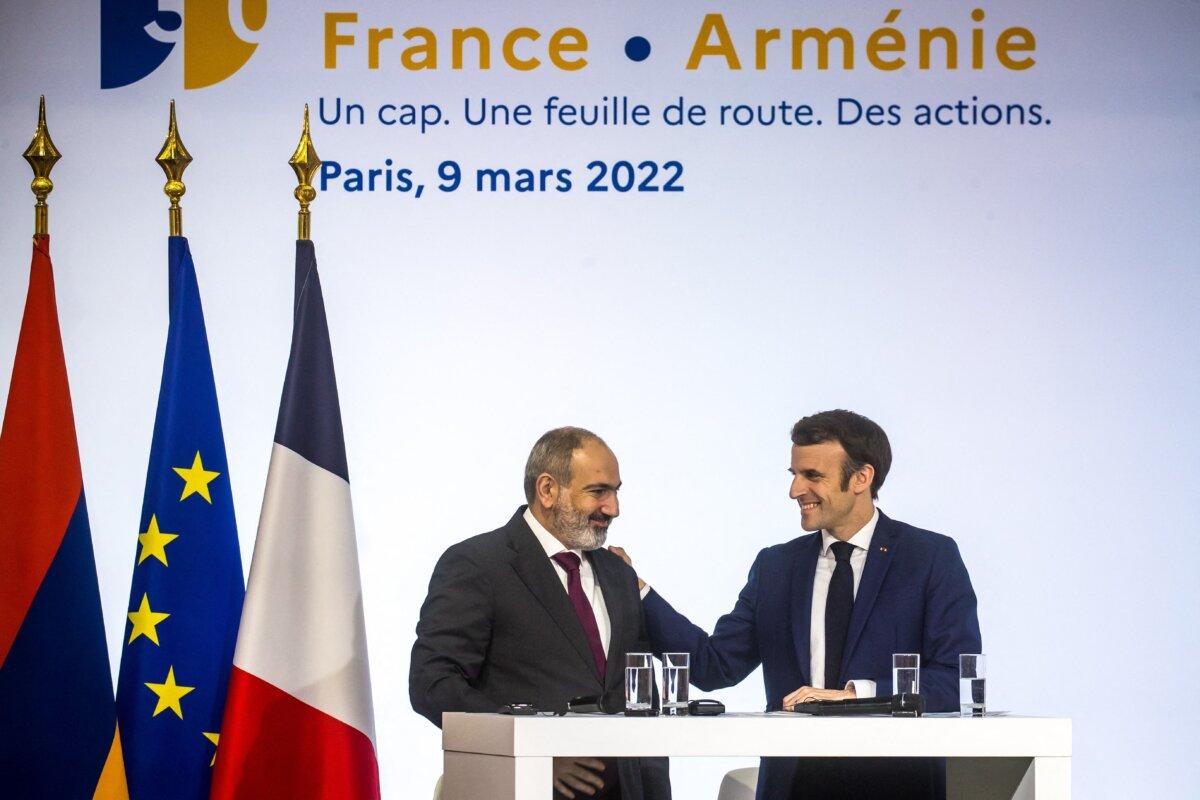
On Feb. 23, Mr. Pashinyan effectively put relations with the CSTO “on hold,” implying the closure of the Russian military base at Gyumri. Russia’s anger at Armenia’s decision was based as much on disbelief as on the reality of the decision itself. Armenia had refused to face reality: It essentially isolated itself geographically.
What seemed to be the driver for Mr. Pashinyan’s decision to move away from the CSTO was the promise that new European allies, such as France, could somehow compensate for Russia’s loss as an ally. It is possible that Mr. Pashinyan recognized that Russia essentially had no further use for Armenia in geopolitical terms. Moscow had rebuilt ties with Azerbaijan and had workable relations (of mutual dependence) with Iran.
There is little doubt that Iran would still consider Armenia important—but to what extent? Certainly, it is an overland link for Iran through Georgia and, therefore, a wider world, which helps Tehran avoid dependence on “friendly” but competitive Turkey. Similarly, Georgia—already fairly embattled by Russia and Turkey—would not hesitate to maintain warm relations with Armenia.
Through all this, Armenia has refused to countenance building ties with Azerbaijan, which have been questionable since the early 20th century, if not earlier. But that may be Yerevan’s only viable option, even if it means swallowing national pride over the 2020–2023 defeats at the hands of Azerbaijan. After all, Azerbaijan had to swallow its own pride with its loss of a major proportion of its territory to Armenia in the wake of the collapse of the Soviet Union.
In the meantime, Armenia is now increasingly vulnerable to (particularly) Turkish pressures, having suffered from Turkish malevolence, including a series of genocidal predations against Armenians within the Ottoman Empire and later. At this time, there is little sign of any warming of relations between Ankara and Yerevan. However, Turkish President Recep Tayyip Erdogan expressed extreme anger toward Moscow when it unveiled its INSTC and when the United States unveiled its own conceptual India–Middle East–Europe Economic Corridor Memorandum of Understanding, signed on the sidelines of the G20 summit in New Delhi on Sept. 9–10, 2023. Both Russia and the United States proposed corridors that excluded participation by Turkey.
This exclusion of Turkey could, in fact, give Ankara the impetus to work with Armenia to build a separate trade corridor through Iran and the Indian Ocean. Indeed, it would not only complement the INSTC to some extent (competing in others), but it would be easier for Turkey to achieve than the difficult task it has embarked upon to rebuild relations with Egypt to give Ankara some influence in the Suez Canal-Red Sea sea lanes.
Indeed, if Ankara truly wishes to rebuild ties with Egypt—as the Feb. 14 summit between Mr. Erdogan and Egyptian President Abdel Fattah al-Sisi in Cairo indicated—then Ankara must attempt to prevail on the northern Yemeni leaders (aka the Houthi) to terminate their “insurance war” against Western shipping through the Red Sea and Suez. This would immediately alleviate the pressures on Cairo, which is losing much of its hard currency earnings as shipping is diverted away from the Red Sea-Suez sea lane of communications because of prohibitive insurance costs caused by the Houthi cruise missile and unmanned combat aerial vehicle attacks on shipping.
Turkey may not need a transit corridor through Armenia, given that it has some linkage directly with Iran. Still, it would afford Ankara the position of an adjunct corridor to the Pacific. Moscow would discourage this, but it may be possible for Turkey.
But this is all a matter of “what ifs” for Armenia. It began burning its bridges when it restarted its war against Azerbaijan in 2020 without thinking through the consequences. There is no reason to suspect that Yerevan has suddenly begun acquiring a strategic planning capability; the reverse appears to be the case with the breaking of ties with Moscow without a viable replacement plan in place. And despite the wishes of Mr. Macron to punish Moscow, there is little evidence that he, or his potential successor in the Élysée Palace in 2027, would be able or willing to sustain support for the failing Armenian state.
Meanwhile, the European states depend on oil and gas links from Central Asia and Azerbaijan delivered through Turkey. Armenia has not indicated it could provide a viable alternative unless it can get those links—all via Azerbaijan—to cross through Armenia to Georgia, the Black Sea, and Europe.
To correct Henry Kissinger’s historical quote “If you don’t know where you’re going, every road will get you nowhere,” we must consider the reality from my 2006 book, “The Art of Victory”: “If you don’t know where you’re going, every road will lead to disaster.”
